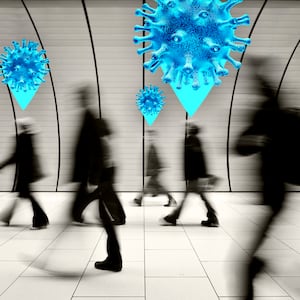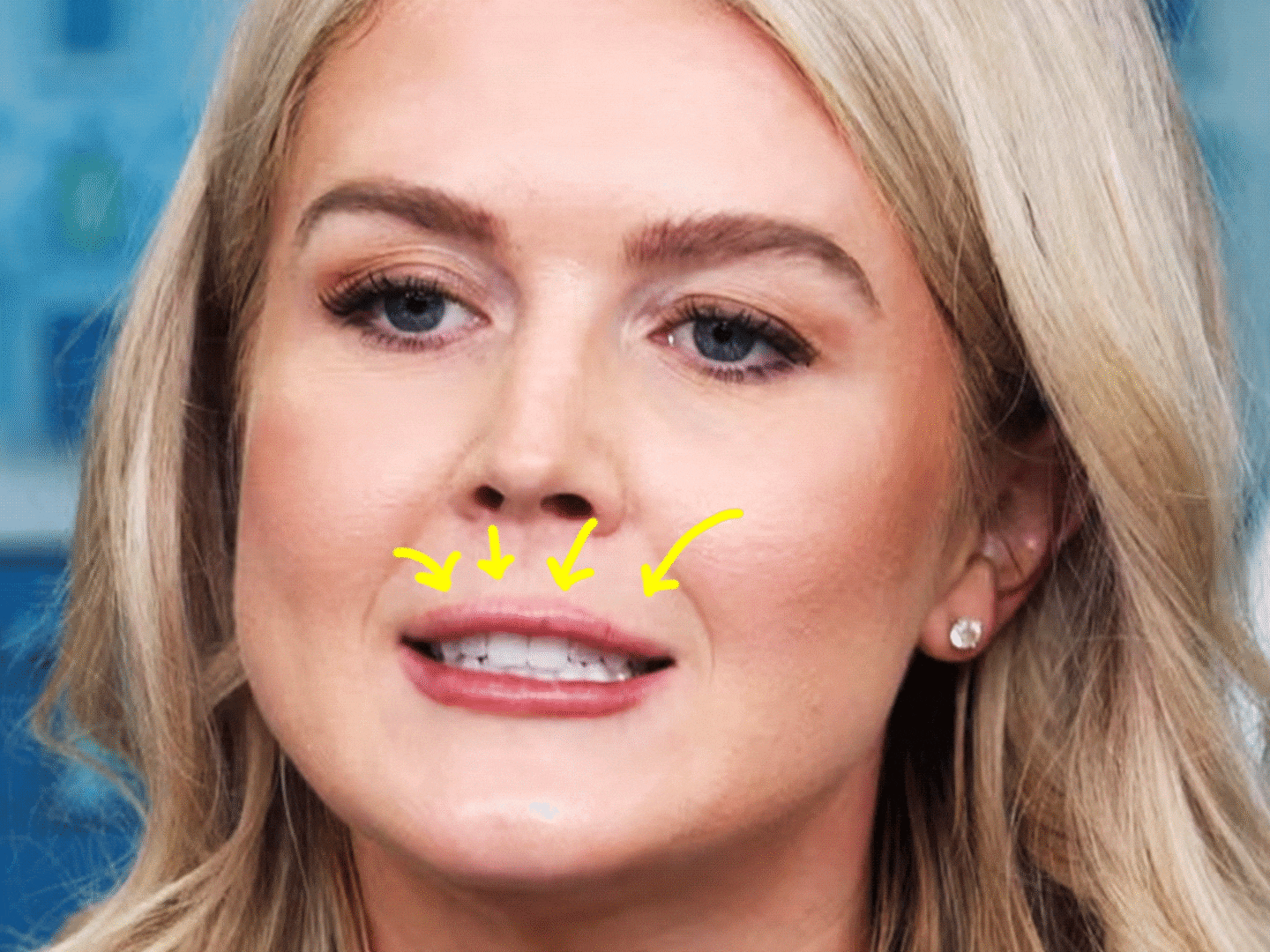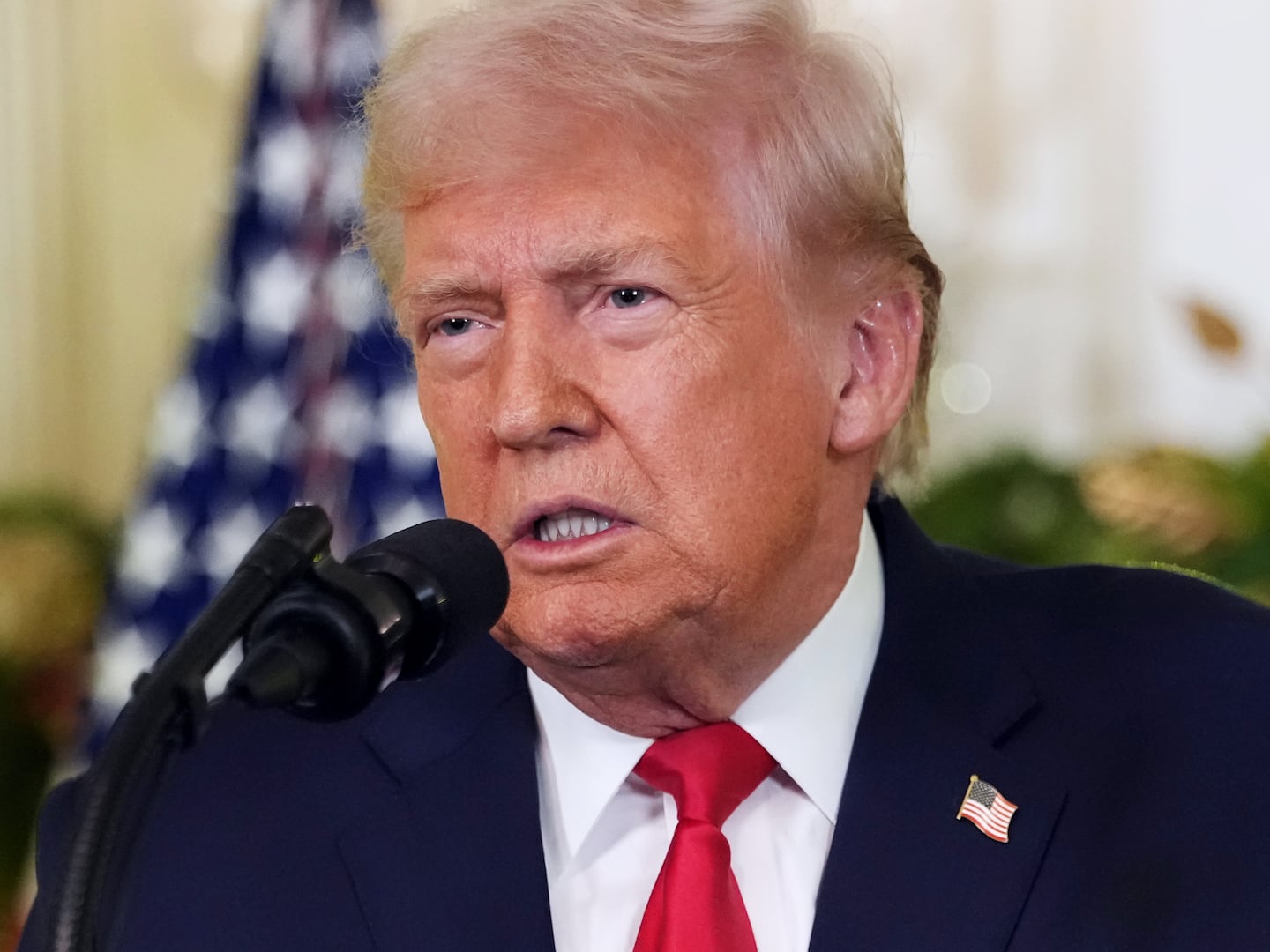Hospital beds lining hallways, protective gear running out, patients surging into emergency departments:
Two years before the novel coronavirus upended life as we’ve known it, officials at NYC Health+Hospitals Corporation were worried enough after a particularly nasty flu season to call Johns Hopkins for help.
“Our flu season is really terrible. We’re having a hard time with our facilities,” Jennifer B. Nuzzo, senior scholar of the Center for Health Security, recalled hearing in a phone call from Dr. Syra Madad, senior director of the special pathogens program office at NYC H+H, which oversees New York City’s public hospital system, the largest in the nation. Madad was concerned about the number of patients showing up in hospital emergency departments, and the stress on the public hospital system. Would the Center for Health Security help monitor what was happening?
“It was a warning bell for us,” recalls Nuzzo, whose team spent months helping H+H sort through data collected from January 2018 to March 2018, later conducting rounds of in-person interviews with doctors and nurses and hospital executives, trying to piece together the shortages, surges and the rationing of supplies. After more than a year of collecting, collating, interviewing and graphing, H+H and Nuzzo’s team found that the city’s public hospital system—serving 1.1 million patients across five boroughs, more than a third of whom are uninsured—had dangerous gaps in its operational facilities and that another similar influenza season or worse, would tip some of the hospitals into “crisis standards of care.”
“You didn’t hear about it on the news,” says Nuzzo, but a number of facilities felt very stressed: “When we asked them, ‘how much worse could it have been before you couldn’t handle it,’ it was very clear that there wasn’t much left in the system.”
While every flu season is a distinct entity, the 2017-2018 flu helped H+H identify shortages in supplies, space and staffing that the hospital system has since worked to fix, says Madad. “Seasonal flu is a burden that every health-care system faces, and the 2017 influenza season was a significant health-care burden all around the nation.”
The general response, recalls Nuzzo, was: “Good God, if this was something that was more deadly,” the system would have been completely overwhelmed.
Flash forward to 2020, and something more deadly is here.
While Gov. Andrew Cuomo has been garnering praise for battling the spread of the novel coronavirus—cajoling and hectoring a recalcitrant President Trump to release the Strategic National Stockpile reserves, rallying companies to supply critical diagnostic equipment, and closing all but key businesses around the state—when a worried H+H went to Albany for help in 2018, they received a different response: We can’t.
Officially, the reasoning was procedural—because the 2017-2018 influenza was not a “novel” or new strain of the flu, the federal Centers for Disease Control did not designate it a “pandemic,” though ultimately it was classified “high severity” as there were more outpatient hospital visits related to the flu in New York City that year than there had been outpatient visits nationwide related to H1N1 in 2009. But because the 2018 flu wasn’t formally classified as a pandemic, help from Albany and Washington was not forthcoming.
That decision became the “most substantial challenge faced by NYCH+H,” Nuzzo and her team write in a forthcoming article in the Journal for Emergency Management on H+H’s fight to manage the 2018 influenza outbreak. “Additionally,” the JEM article notes, “supplemental funding was not available.”
In other words, New York City’s public hospitals were told to pound sand.
After this article was first published, Nuzzo emailed: "This article does not accurately reflect my conversation with Ruth Ford or the study that we conducted with NYC Health + Hospitals. H+H did not reach out to the research team during the flu season or in crisis. Our team discussed with H+H the possibility of collaborating on a study after the 2017-2018 flu season was largely over, and it began in summer 2018. The purpose of the study was not to audit H+H’s performance during the flu season, it was to learn from their experiences in responding to the challenges of the flu season so that other hospitals and health systems can be informed by experiences and learnings.
The article implies that we observed deficiencies in H+H’s readiness and that these deficiencies remain today. This is untrue. We observed a well-prepared health system that is committed to learning from its experience to continually improve its preparedness plans. When the study was conducted, H+H had already implemented important system wide changes that improved its preparedness for future flu seasons, these changes were outside of the scope of our study. Most of the resources requested by H+H are not those controlled by the city or the state. Access to additional medicines is decided by the federal government. The study did not discuss NY State or its response. It did not discuss the role of Medicaid.
H+H allowed an outside group to come in and conduct a study to inform the field of preparedness. This is an important sign of how open and committed to improvement they are. Having worked in public health preparedness for close to 20 years, I find their level of attention and commitment to being ready exemplary.
“When we're doing this planning and we're doing our deployment, the theory is the chain is only as strong as the weakest link, right?” Cuomo said last Thursday.
“The hospitals that will have the greatest issue will be those hospitals that are usually the most stressed in normal circumstances, right? So if the hospitals before this were under stress, you then add this crisis on top of that—those are the hospitals that one would expect to see struggling first.”
Back in 2012, two years after Cuomo was elected governor, the state Department of Health’s Medicaid Redesign Team proposed an across-the-board 2-percent Medicaid reimbursement cut, in anticipation of $8 billion in federal monies to states that controlled ballooning health-care costs. The cuts didn’t hurt the biggest hospitals in New York City, such as NYU Langone, whose patients overwhelming have private insurance, but instead fell hardest on the public hospital system and struggling safety-net hospitals such as Interfaith, Brookdale and Wyckoff in Brooklyn, whose majority of patients are low-income, people of color and covered by Medicaid.
In December of 2016, the governor dealt another blow, vetoing a bill offering reimbursements to hospitals that provide a disproportionate share of care to Medicaid patients as well as the uninsured, like H+H and other safety-net hospitals. Despite the fact that the bill was supported by both legislative houses in Albany, the governor vetoed the bill, writing that it would result “in increased and unbudgeted costs to the Medicaid program.”
And H+H struggled on.
In FY2020, the system’s operational expenditures were approximately $7.5 billion, roughly two-thirds of which is reliant on patient Medicaid reimbursement.
Back in 2010, when H+H was facing a projected deficit of $1.2 billion, then-H+H president Alan Aviles worked out a deal with the state: If the state and city were willing to provide matching funds to help the hospital system continue to function, H+H would hire an outside consultant to guide the hospital system through a reorganization. Under the agreement, the state would provide $300 million in disproportionate share hospital (DSH) payments—money the federal government gives the states each year to help cover the costs of servicing the uninsured—if the city would provide an equal amount.
By 2017, H+H had cut its workforce by 10 percent, shuttered clinics and closed Goldwater Hospital, shifting patients to Harlem hospital. But the hospital system was struggling to hire critical medical personnel to fill the ranks of those who had left and update an aging system whose physical infrastructure and locations in some of the city’s poorest neighborhoods made it vulnerable to patient surges among populations that need the hospitals for necessary primary care.
“The fact of the matter is that NYCH+H increasingly picks up the cost of a wide range of services and populations that private sector providers can avoid precisely because NYCH+H is there to assume that load,” James Parrott of the Center for New York City Affairs and healthcare consultant Barbara Caress wrote in a 2017 report (PDF) on H+H efforts to retrench and regroup.
“NYC’s public hospitals do much more than care for residents of nearby low-income communities. They are literally the backbone of the city’s hospital system. They serve a disproportionate number of underinsured and uninsured people. They provide most of the Level I trauma care. They form the network of first responders to epidemics and unusual outbreaks. They provide care for the City’s jail inmates and prison staff. And, together with the NYC Department of Health and Mental Health, they protect the public’s health.”
However much the governor is successfully rallying people to fight the war on coronavirus, Albany has been cutting Medicaid reimbursements to public hospitals and shuttering hospitals across New York City for nearly two decades.
Last Monday, as hospitals across the city were already feeling overwhelmed by a fast- rising surge of incoming coronavirus patients, H+H hospital executives were told to brace themselves for another blow. The hospitals were told that Albany was planning on cutting another $400 million in Medicaid reimbursements.
It’s almost unbelievable, say health-care advocates. “These are the frontline workers,” says Anthony Feliciano of the Commission on the Public’s Health System.
For decades, Feliciano's nonprofit has been documenting hospital closures, the siphoning-off of federal charity care dollars to the city’s wealthier hospitals and fighting the Department of Health’s Medicaid Redesign Team’s proposals to continue to reduce Medicaid reimbursements. This past February, a second MRT announced public hearings to discuss ways to find an additional $2.5 billion in savings.
“The public hospitals are on the front line. This is an unprecedented time. This is a public health crisis. In more than a century we haven’t had this,” says Feliciano, referencing the 1918 Spanish influenza that the CDC estimates killed 675,000 people in the United States and 50 million people worldwide.
Editor's Note: This article has been updated to include a response from Jennifer B. Nuzzo.








